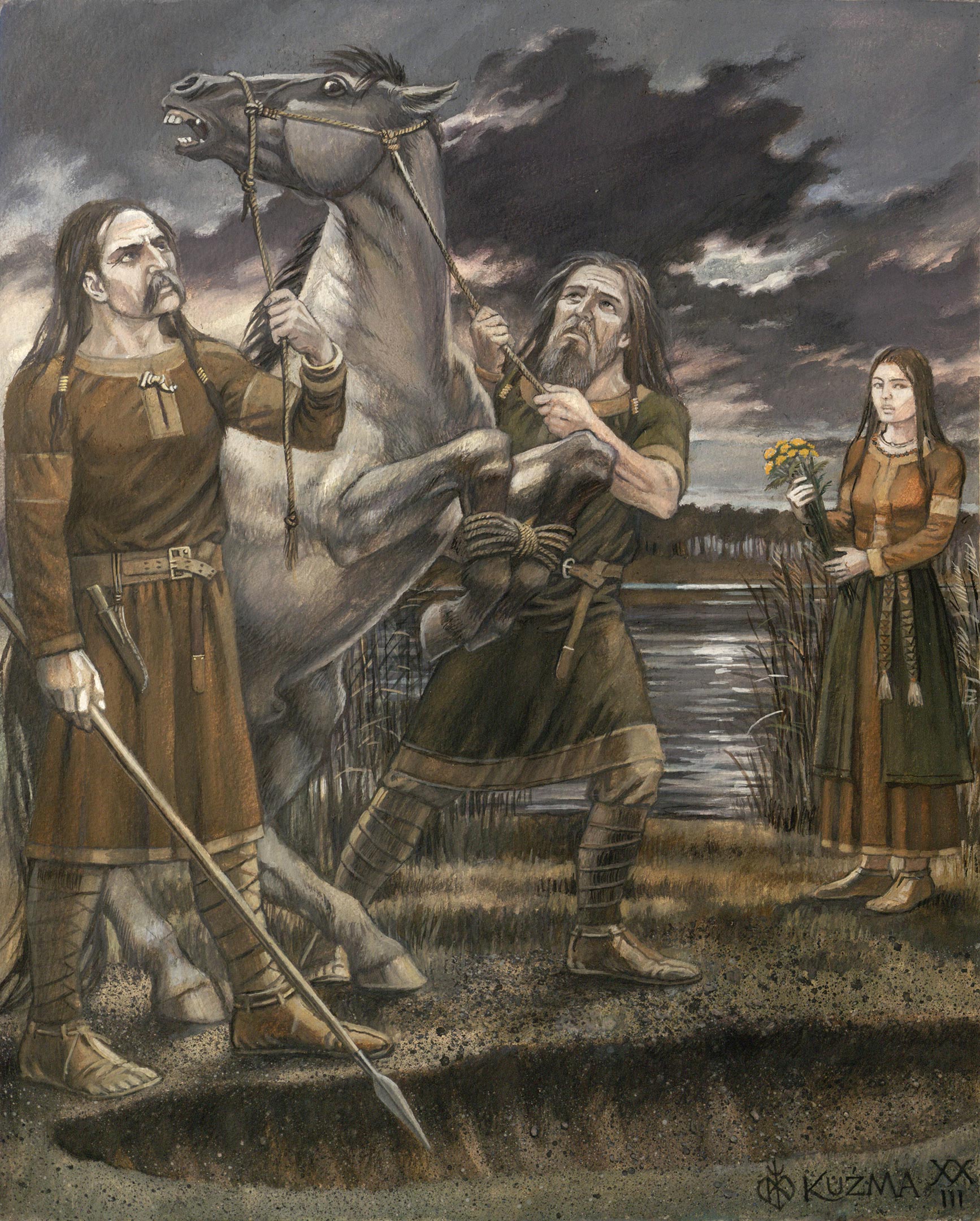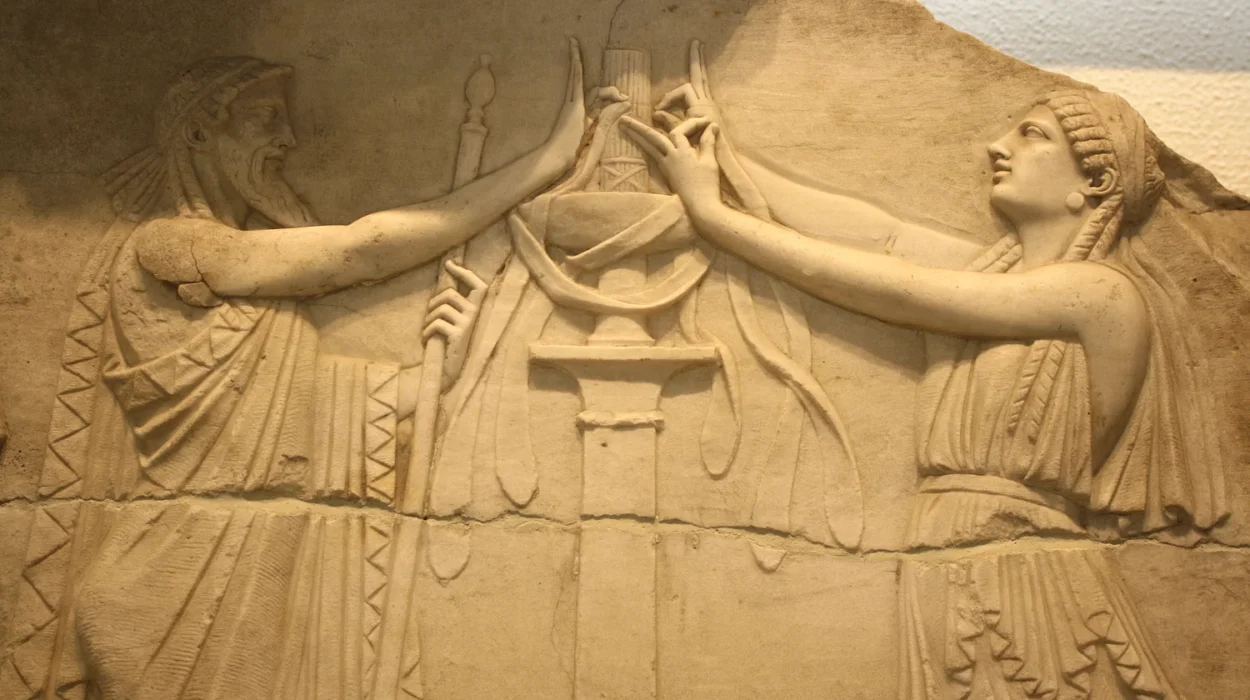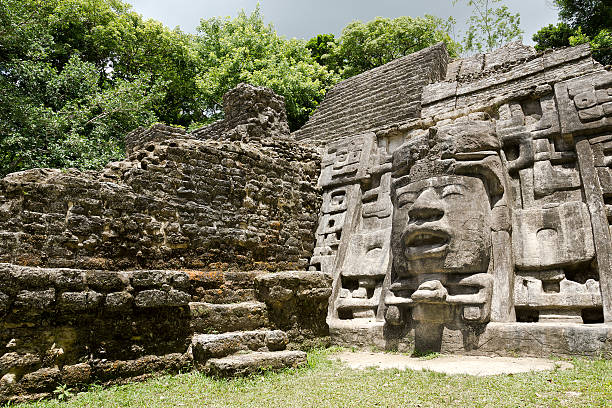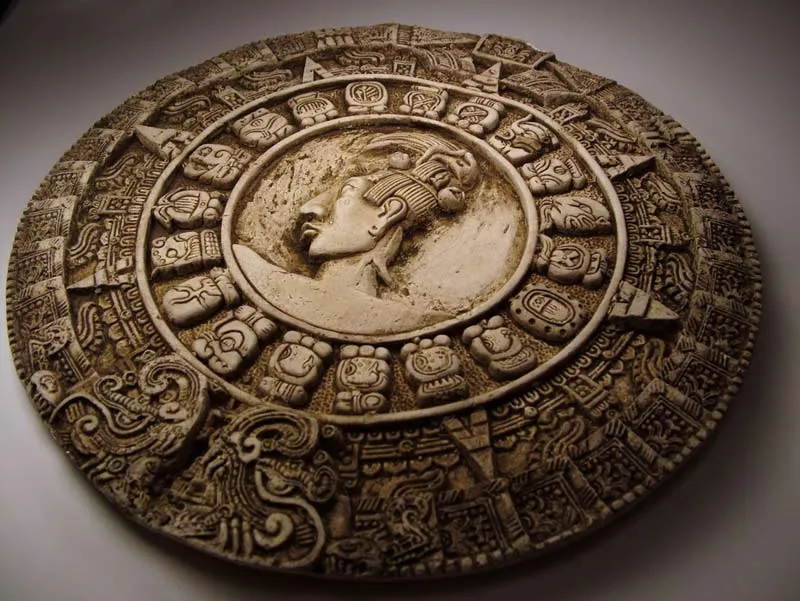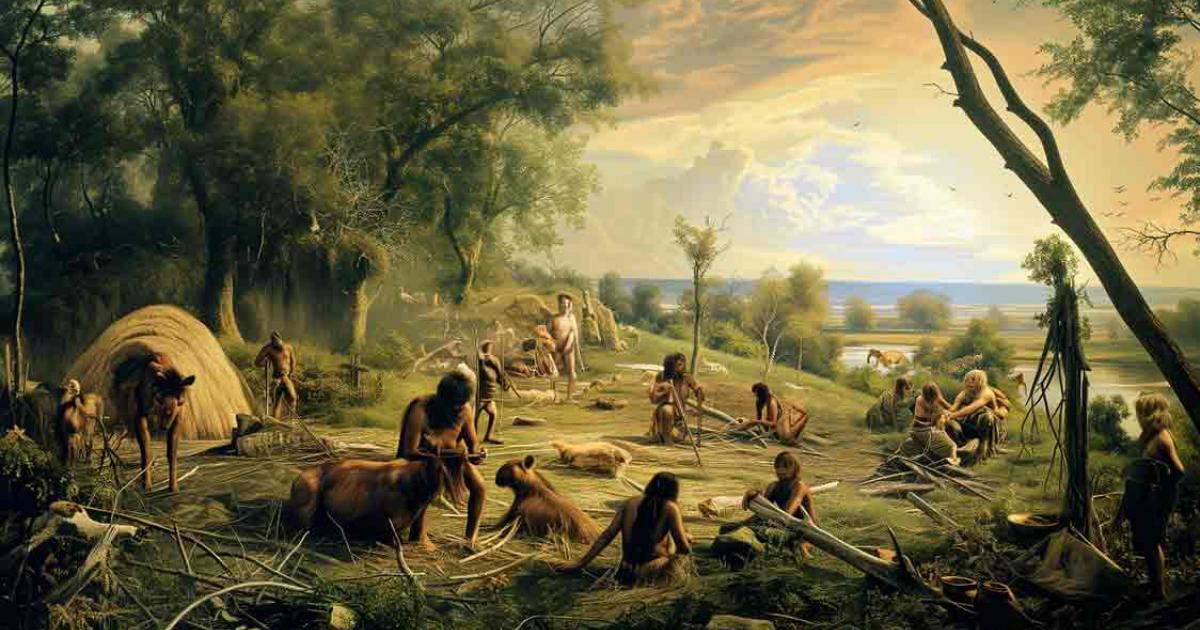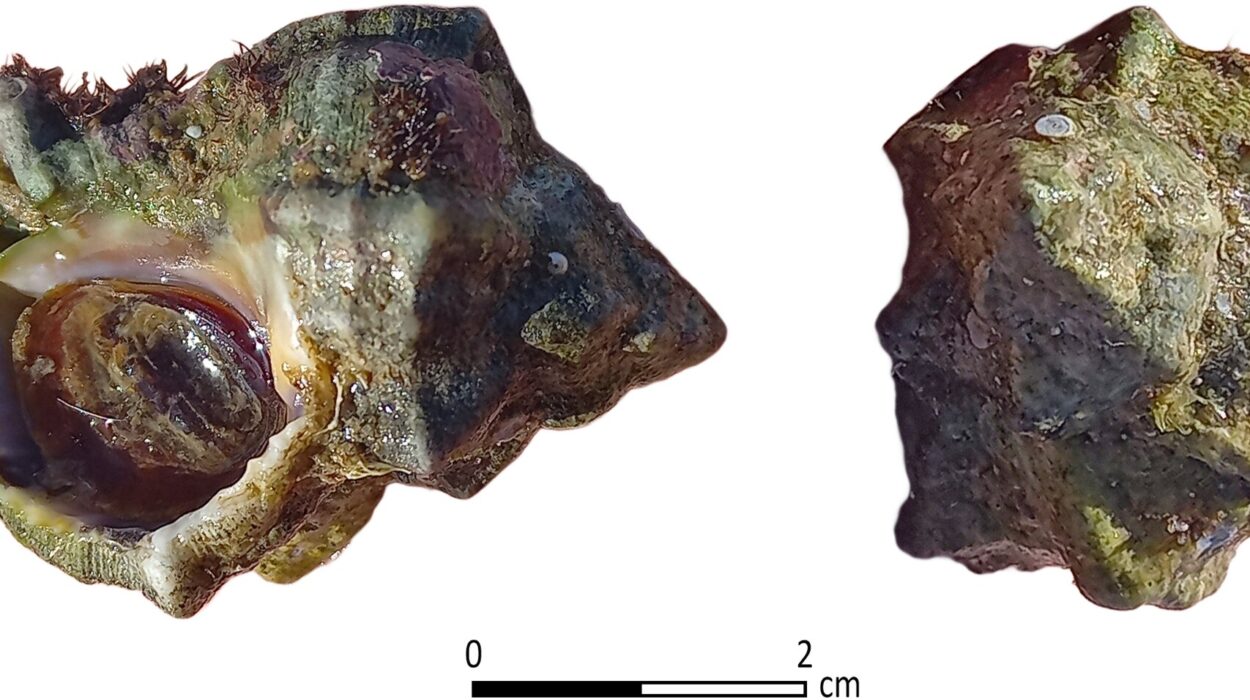Every shovelful of earth that an archaeologist turns over is more than just soil—it is a page from humanity’s unwritten book. Beneath our feet lie stories of devotion, fear, power, and hope, encoded in bones, pottery, carvings, and sacred spaces. Among the most haunting and intriguing of these stories are the rituals and sacrifices performed by ancient civilizations. Why did our ancestors offer lives, objects, or even blood to the unseen powers they believed ruled the universe? What compelled entire societies to build towering temples, carve elaborate altars, and sometimes take lives as offerings to gods or ancestors?
Archaeology, with its careful science and imaginative interpretation, provides us with glimpses into these ancient practices. By piecing together human remains, ceremonial objects, and sacred architecture, archaeologists reveal not only the physical evidence of rituals and sacrifices but also the emotions, beliefs, and social structures that gave them meaning.
Defining Ritual and Sacrifice
Before diving into discoveries, it is important to understand what we mean by ritual and sacrifice. A ritual is a patterned, symbolic action performed to connect with a higher power, to affirm social order, or to navigate life’s transitions—birth, marriage, death, and beyond. Rituals could be simple, like pouring wine onto the ground as an offering, or grand, like the construction of a pyramid aligned with celestial events.
Sacrifice, in its ancient context, is the offering of something valuable—sometimes food, objects, animals, or even human life—to supernatural beings. To modern sensibilities, the idea of human sacrifice may seem brutal and incomprehensible. But in ancient societies, sacrifice was often seen as essential, a way to maintain harmony with the cosmos, appease deities, or secure the survival of a community.
Archaeology as a Lens into Belief
Beliefs do not fossilize. We cannot dig up faith itself. But what we can uncover are the traces left behind: burned altars, bloodstained soil, carefully buried bodies, and ritual artifacts that carry symbolic meaning. Archaeology reconstructs rituals by examining not only what was left but how and where it was placed. Context is everything.
A skeleton by itself is simply human remains. A skeleton found bound, with signs of trauma, carefully placed at the center of a temple floor surrounded by offerings, becomes something else entirely: evidence of sacrifice. Similarly, pottery shards might seem mundane, but if they are discovered in a pit beneath a home, filled with ash and bones, they may represent a household ritual.
Through radiocarbon dating, forensic analysis, and comparisons with ethnographic records, archaeologists piece together stories that allow us to understand the ritual lives of the ancients—not in judgment, but in empathy, seeking to understand their worldview.
The Roots of Ritual in Prehistory
Long before written history, early humans performed rituals that archaeologists can still trace. The burial of the dead is one of the oldest forms of ritual. Neanderthals and early Homo sapiens often placed tools, flowers, or animal bones in graves, suggesting belief in an afterlife or the need to honor the dead.
In sites such as Shanidar Cave in Iraq, archaeologists found pollen traces around Neanderthal skeletons, interpreted as evidence of ritual flower offerings. In Upper Paleolithic Europe, cave paintings of animals may not have been art for art’s sake but rather ritual acts to ensure successful hunts. These early practices reveal that ritual and symbolic sacrifice are deeply embedded in human evolution, serving as ways to cope with fear, uncertainty, and the mysteries of existence.
Ancient Egypt: Offerings for Eternal Life
Few civilizations invested as much in ritual as ancient Egypt. Egyptian culture revolved around the idea of balance, or ma’at, and rituals were central to maintaining cosmic harmony.
Archaeological discoveries in tombs reveal vast offerings: food, jewelry, amulets, and even servants buried with the dead. In the early dynasties, retainer sacrifice was practiced, in which attendants were killed and buried alongside pharaohs to serve them in the afterlife. Cemeteries at Abydos contain graves of sacrificed servants, arranged with precision around royal tombs.
Animal sacrifice was equally prominent. Sacred bulls, cats, and crocodiles were mummified as offerings to gods. Ritual texts and temple reliefs describe daily offerings of bread, beer, and incense to statues of gods, believed to house divine essence. Archaeology shows us not only the grandeur of Egyptian rituals but their deep human motivation: to secure eternity, to transform death into a continuation of life.
Mesoamerica: Blood and the Sacred Cosmos
If Egypt sought eternal balance, Mesoamerican civilizations—like the Maya and the Aztecs—believed blood itself was the most powerful offering to sustain the cosmos. Archaeology here reveals some of the most striking and controversial evidence of human sacrifice.
At the Templo Mayor in Tenochtitlán (modern Mexico City), excavations uncovered skull racks (tzompantli), altars stained with blood, and thousands of human remains. Ritual sacrifice, particularly of warriors, was seen as a repayment to the gods who had sacrificed themselves to create the sun and moon. To the Aztecs, human life was both sacred and necessary fuel for the universe.
The Maya, too, practiced sacrifice, though often with more variety—bloodletting by nobles, decapitation, or offerings of captives. Archaeologists studying cenotes (sacred water-filled sinkholes) at Chichen Itza have found remains of young individuals, offered to the rain god Chaac to ensure rainfall and fertility. These discoveries remind us that rituals were not mere acts of cruelty but part of a cosmic dialogue, a desperate negotiation with gods for survival in a world of uncertain harvests and looming droughts.
Europe’s Sacred Landscapes
In Europe, archaeological finds reveal a different flavor of ritual. Stonehenge, with its massive stones aligned to solstices, was a site of ritual significance, though its exact purpose remains debated. Was it a place of sacrifice, healing, or celestial worship? Archaeology continues to uncover cremated remains, animal bones, and offerings around the site, suggesting it was a space where ritual, death, and astronomy merged.
The bog bodies of northern Europe offer another window into ritual sacrifice. Preserved in peat bogs for millennia, these bodies—like Tollund Man in Denmark—show signs of ritual killing: strangulation, stabbing, drowning. Archaeologists interpret them as offerings to gods of fertility, harvest, or the underworld. Unlike the grand spectacles of Mesoamerica, these were intimate, symbolic acts, often carried out in liminal landscapes—places between worlds, such as bogs, rivers, and lakes.
Africa’s Ritual Continuities
Across the African continent, archaeology uncovers rituals that blend the sacred and the social. In ancient Nubia, kings and queens were buried with human and animal sacrifices, echoing practices in Egypt. At sites like Kerma, archaeologists have uncovered vast burial mounds surrounded by sacrificed cattle, emphasizing the importance of offerings in demonstrating power and piety.
In West Africa, shrines and ritual deposits often include terracotta figurines, animal remains, and objects deliberately broken to “release” their spiritual essence. These finds show how ritual was not only about communication with gods but also about maintaining social order and community cohesion.
Ritual in the Ancient Near East
The ancient Near East, cradle of some of the world’s earliest civilizations, offers rich archaeological evidence of ritual. In Mesopotamia, temples were the literal houses of gods, where priests performed daily offerings. Cuneiform tablets record rituals of purification, animal sacrifice, and divination. Archaeologists at Ur uncovered royal tombs filled with sacrificed attendants, musical instruments, and lavish goods, suggesting ritual death as part of royal ideology.
The Hebrew Bible also references sacrifices—burnt offerings, grain offerings, and animal sacrifices. Archaeology at sites like Tel Dan and Megiddo provides material context for such practices, showing altars, cultic vessels, and animal bones that correspond to biblical descriptions. Here, sacrifice was less about blood alone and more about covenant, identity, and maintaining sacred relationships.
Asia’s Sacred Offerings
In ancient India, the Vedic tradition placed sacrifice (yajna) at the center of cosmic order. Though primarily preserved in texts, archaeology reveals fire altars, ritual vessels, and animal remains associated with Vedic rituals. Sacrifice here was not only to appease gods but to uphold rita, the order of the universe.
In China, Shang dynasty archaeology uncovers oracle bones, bronze vessels, and mass human and animal sacrifices buried in royal tombs. These practices emphasized the king’s role as mediator between ancestors and the living. Rituals tied the human and spiritual worlds, reinforcing political authority.
Japan’s early Shinto practices, as revealed through archaeology, involved offerings to kami (spirits), often in natural settings like rivers or mountains. Sacrificial deposits of weapons and tools into lakes and rivers highlight the intimate bond between ritual and landscape.
The Science of Sacrifice
Modern archaeology applies scientific methods to deepen our understanding of ritual sacrifice. Forensic analysis of bones can reveal whether injuries were caused by ritual killing, warfare, or accident. Isotopic studies show whether victims were local or foreigners, shedding light on whether captives or volunteers were used.
Residue analysis on pottery can reveal traces of food, wine, or blood, indicating ritual feasting or offerings. Even microscopic analysis of soil can detect burned organic remains, proving the use of fire in ritual contexts. These methods bring us closer to the lived experiences of ancient rituals, grounding myths in material reality.
The Human Dimension
When we read about rituals and sacrifices, it is easy to focus only on the spectacle. But archaeology reminds us of the human side. The young woman buried in a bog, the warrior laid on an altar, the servant killed to follow a king—they were people with lives, dreams, and fears. Their deaths tell us about the values and anxieties of their societies.
Rituals were not only about gods; they were about humans trying to find meaning, to connect with forces beyond their control, to secure life in the face of death. Sacrifice was often a language of desperation, an act of faith that through giving up something precious, survival and prosperity could be ensured.
The Enduring Legacy
Though we no longer build pyramids for kings or sacrifice captives to the sun, ritual remains central to human life. Modern religious ceremonies, national memorials, and even personal traditions—lighting candles, offering flowers, bowing in respect—are echoes of ancient practices. The need to express devotion, to honor the dead, to connect with something beyond ourselves, continues.
Archaeology, by uncovering the remnants of ancient rituals, not only informs us about the past but also reflects our present. It shows us that rituals and sacrifices, however strange they may seem today, were responses to the same fundamental questions we still face: Why are we here? How do we endure? How do we honor the mysteries that surround us?
Conclusion: Sacred Shadows of the Past
The soil of the earth holds shadows of sacred acts—some solemn, some violent, all deeply human. Archaeology allows us to enter those shadows with empathy and curiosity, not to condemn but to understand. Ancient rituals and sacrifices were not barbaric curiosities but vital expressions of humanity’s attempt to find order, meaning, and survival in a world that was often unpredictable and harsh.
By studying them, we learn not only about ancient gods and kings but about ourselves—our shared fears, our search for transcendence, our willingness to give up what is most precious in the hope of securing what is eternal.
Archaeology explains ancient rituals and sacrifices not as relics of a distant, alien world, but as part of the ongoing human story: a story of devotion, power, and the eternal desire to bridge the gap between the earthly and the divine.
